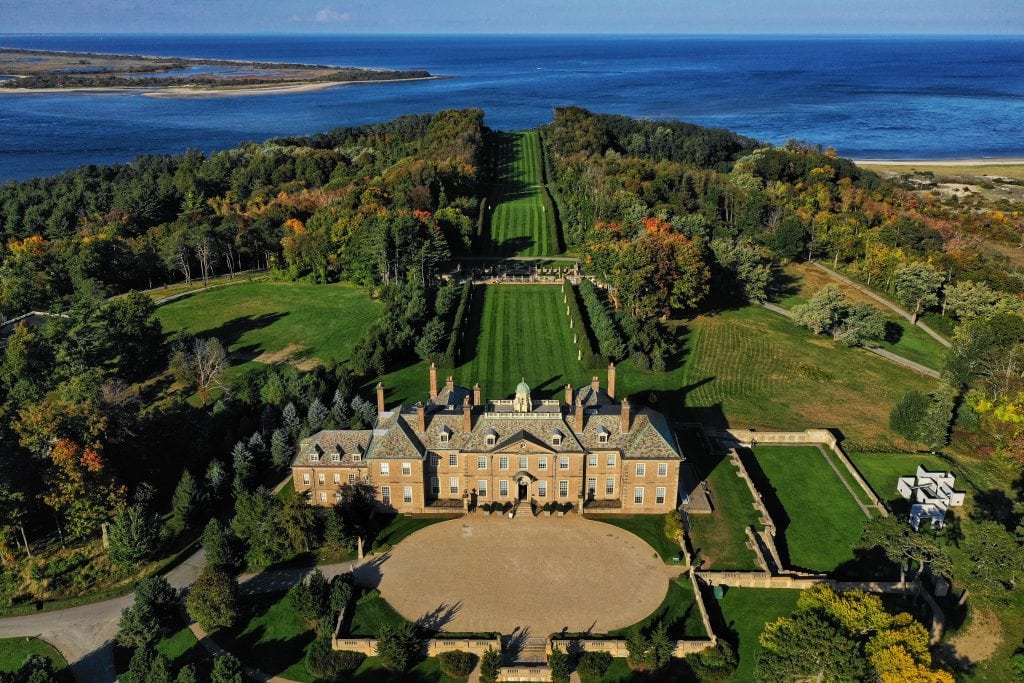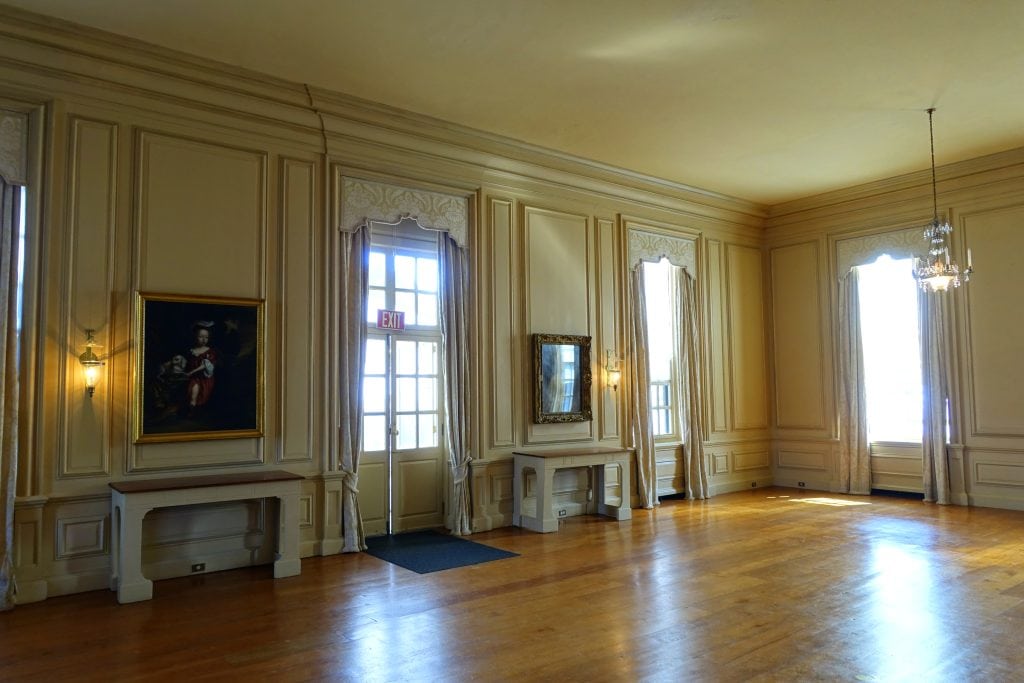The Indigenous Roots and Early History
Long before the grand mansions and meticulously designed gardens, the rolling hills and coastal plains of what we now call Castle Hill were known by another name—Agawam.
The indigenous peoples who originally stewarded this land had a deep connection with its natural beauty. The area was more than just a piece of land; it was a part of their identity and culture.
In 1632, a significant event occurred that would forever change the course of this land’s history. The sagamore of the indigenous peoples, Masconomet, allied with the settlers of Ipswich, Massachusetts. This alliance was not just a simple agreement but a complex interplay of trust, negotiation, and shared resources.
The name Castle Hill emerged, intriguingly, without any castle ever being built. With its commanding view of the Atlantic, the hill seemed to promise the majesty of a castle, a promise that lingered in the name but never materialized in stone and mortar. The land underwent several transformations, each layer adding to its rich tapestry of history.
The Transformation into a Gentleman’s Farm
Fast forward to the 1880s, and the land underwent another significant transformation. J.B. Brown, an entrepreneur of his time, saw the potential in Castle Hill Farm.
He transformed it from a simple agricultural holding into a gentleman’s farm, a leisure and aesthetic beauty place. Brown improved the roadways, planted exotic trees, and even renovated his modest farmhouse into a shingle-style cottage, now known as The Inn at Castle Hill.
The gentleman’s farm was about agriculture and creating a lifestyle. Brown’s vision was to make Castle Hill a place where the beauty of nature met the comfort of human innovation. The farm became a place where one could escape the hustle and bustle of city life and find solace in heart, albeit a nature carefully curated by human hands.
The Crane Era and Architectural Marvels
In 1910, Castle Hill caught the eye of Chicago industrialist Richard Teller Crane Jr. and his wife, Florence Higinbotham Crane. The Cranes were not just wealthy; they were visionaries. They saw Castle Hill as a piece of land and a canvas to paint their dreams.
With the help of renowned architects like Shepley, Rutan, and Coolidge and landscape architects such as The Olmsted Bros. and Arthur Shurcliff, they transformed Castle Hill into one of America’s great Country Place Era estates.
The first mansion graced the hill was an Italian Renaissance Revival villa, a grand structure that was a testament to the Cranes’ taste and affluence. However, in a surprising turn of events, this villa was razed in 1924.
In its place rose the Stuart-style mansion known today as the Great House. Designed by Chicago architect David Adler, this mansion became the jewel of Castle Hill, where European elegance met American ingenuity.

The Landscape and Gardens
The beauty of Castle Hill is not confined to its buildings. The landscape and gardens are characters in their own right, each telling a story of vision, design, and meticulous care. The Italian Garden and its sister, the Rose Garden, are masterpieces renovated and tended with expertise, love, and care.
USA Quiz
How many questions would you like?
These gardens are laid out in the classic “garden room” style, offering visitors a sense of tranquility and peace. Each park is a separate “room,” yet they all flow seamlessly into one another, creating a unified experience that is both diverse and harmonious.
Walking through these gardens is like stepping into a different world, where time slows down, and the soul finds respite. The gardens are not just for show; they are living, breathing entities that change with the seasons, bringing unique beauty each season.

Activities and Events at Castle Hill
Castle Hill is not just a place to admire from afar; it’s a place to experience. From guided hikes through its manicured gardens to picnics at the edge of the Atlantic, Castle Hill offers a range of activities that allow visitors to engage with its beauty personally.
Special events add another layer of allure to this already captivating estate. The Castle Hill Summer Concert Series, the Roaring Twenties Lawn Party, and theatrical productions blend culture, history, and entertainment.
For those who prefer a more tech-savvy experience, the Castle Hill smartphone app offers narrated audio tours, allowing visitors to explore the estate at their own pace.

The Legacy of Conservation
The Cranes were not just builders; they were also conservationists. They understood the value of land conservation and historic preservation long before these concepts became mainstream. In 1910, they amended their wills to reflect their desire to one day bequeath the property to The Trustees of Reservations.
Today, The Trustees steward 2,100 acres of the family’s original 3,500-acre estate, which includes Castle Hill, Crane Beach, and the Crane Wildlife Refuge.
Castle Hill comprises 165 acres and was designated a National Historic Landmark in 1998. It stands as a testament to preserving natural landscapes and historical landmarks for future generations.

Practical Information for Visitors
It’s good to know that admission fees are reasonable, and the estate is open most of the year for those planning to visit. The Great House, the gardens, and the grounds each have hours of operation, so checking in advance is advisable.
Accessibility is also considered, with wheelchair-accessible facilities and pathways making it easier for everyone to enjoy the estate. And if a day trip isn’t enough, The Inn at Castle Hill offers overnight accommodations, allowing visitors to extend their experience.


Very informative article… I live in Ipswich and didn’t realize it was called cranes castle before the cranes lived there! Do you happen to know if there are any photos of the Italian villa that was there before the crane’s lived there?
Thank you
Thank you for your kind words about the article. The history of Castle Hill is indeed fascinating. While I don’t have photos, it would be intriguing to delve deeper into that aspect of the mansion’s history.